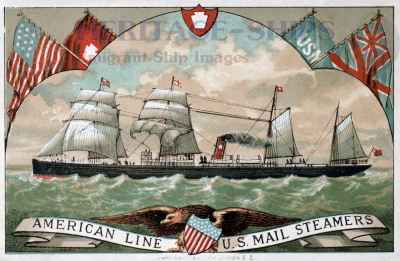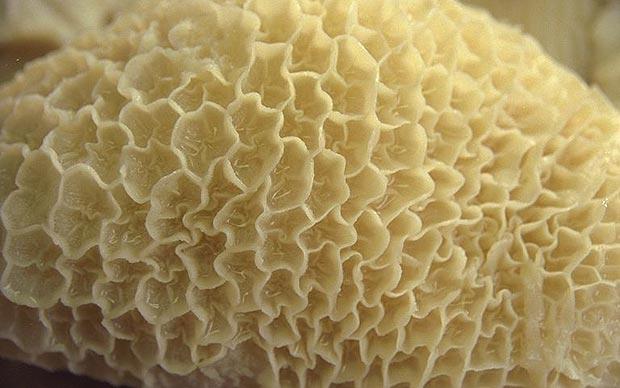| USA census 1900, Philadelphia USA |
I haven't put all the pieces together yet, but in brief, this is what I have so far in continuation of my search for my missing Frosts: the family of Richard Frost, my great-granduncle (1847-1882) after his death. Richard was the illegitimate son of Sarah Frost (1830-1885) - at least, I believe him to be her son and not her very much younger brother, as I have still found no record of Richard's birth. When Richard died, he left his young widow Eliza and three children: Elizabeth, Maria, and his namesake, Richard Frost.
Other parts of this story show the brick walls I have run up against trying to find this little family; if you look at this part of my tree on Ancestry.com, you'll see it's full of notes like, "not the husband of ..." and reasons why not as I eliminated people one by one from census records and marriages. This research has been going on for a long time and until very recently, I thought they would remain a tantalising and probably sad mystery.
Now, I know what happened to Eliza and to her youngest, Richard Frost born 1878 in Leicester, England. They did emigrate and they did go to Philadelphia, Pennsylvania, USA.
When studying family history, sometimes you go down deep rabbitholes trying to find someone, and then find out that you were chasing a dream, a hunch that never plays out. Once in a while that hunch is correct.
 |
| Marriage of Richard Frost Dyson and Elizabeth Spalding |
I found Richard Frost travelling to the USA alone: then I found that he was most likely with his uncle, William Worthy.They arrived in Philadelphia where Eliza Frost nee Worthy's aunt Annie and some of her family had settled. There was no record of Richard Frost after that - I chased one that seemed a likely candidate, but he had the wrong birth date by a couple of months and a few days, and by digging deeper I found that that Richard Frost came from a German family, not from England.
Richard's older sister Maria (born 1876) appears to also have travelled to the US, but to New York; I searched for Richard there too, but no luck. Searches for mother Eliza - under both Frost and Worthy and all alternate spellings - produced no results, not for passengers or US arrivals or remarriages in either the UK or USA.
So I started to trawl the US 1900 census (there isn't one for 1890) as a last resort, knowing that the females had probably married by then and would have other names and would probably never be found. I began with Pennsylvania... and there I found an Eliza Dyson married to a George H Dyson, with one child - a son, Richard Dyson, born in England in 1878.
It's them. It is widow Eliza, and her son Richard, living in the Wister area of Philadephia - part of Germantown.
I have been able to confirm this: it is no longer just a hunch. The records prove it: Eliza's death certificate names her father as William Worthy. Young Richard's marriage record names him as Richard Frost Dyson, and shows that he was born in Leicester, England and that he worked as a knitter. I'm now happily tracing his descendants - including this amazing gentleman who served his country in the US Marines (Richard Frost Dyson's grandson William James Kane Jr).
I still don't know if/when Eliza officially married George Dyson, nor have I found her travel records - though the 1900 census shows that Eliza arrived in the USA two years before her son Richard and now I know she might have been travelling under the Dyson name. I haven't tracked down her daughters Elizabeth or Maria, yet. But for some unknown reason, finding Eliza and Richard alive and well in Pennsylvania made me profoundly happy. They didn't end up in a pauper's grave in Leicester, or in the workhouse; they made it across the ocean to a new world and a new life. I hope it was happy, healthy, and prosperous.
Eliza lived until she was 80; her son Richard, until he was 69 (and if any more confirmation was needed, Richard's death certificate gives his mother's maiden name as Worthy). A long way from the sad day in 1882 when Richard Frost senior left them for heaven.
That's a few more dots joined. Now I must tell the story of Eliza's relative Elizabeth and the Manchester men... coming soon!





















